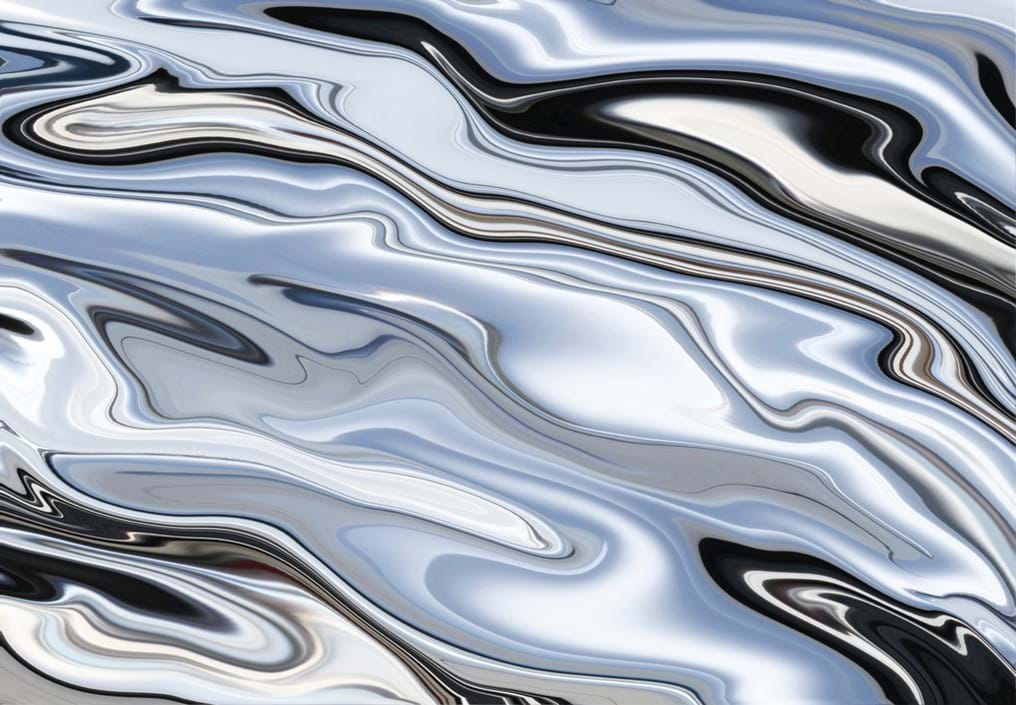Breakthrough in 3D printing inspired by the Terminator (Day 314)

6th April 2015
3D printing is a misnomer; it is actually 2D printing over and over again.
Most 3D printing occurs by building up objects layer-by-layer. However, Carbon3D Inc has developed a new method that allows objects to rise continuously from a liquid media.
Joseph M. DeSimone, professor of chemical engineering at NC State University, US, and of chemistry at the University of North Carolina (UNC) at Chapel Hill, US, is currently CEO of Carbon3D.
Joe co-invented this new method with colleagues Alex Ermoshkin, chief technology officer at Carbon3D and Edward T. Samulski, also professor of chemistry at UNC.

Joe says that this idea was inspired by the Hollywood film, Terminator 2: Judgement Day. In this film, the T-1000 robot rises from a liquid metal puddle to assume its form. This made Joe and his team think - why can’t we create objects in this way?

Current 3D printing takes hours, or even days, to produce a product layer-by-layer. Joe said: “There are mushrooms that grow faster than 3D printing."
Not only is 3D printing slow, it is also mechanically weak and has limited options for material choices.
So the Carbon3D team used polymer chemistry to develop a method that they say has a game-changing speed, is of commercial quality and offers a choice of materials.
Using a tunable photochemical process, instead of the traditional mechanical approach, Carbon3D’s layer-less continuous liquid interface production technology (CLIP) eliminates these shortcomings to rapidly transform 3D models into physical objects.
The key to the success of this technology is a special window that is transparent to light and permeable to oxygen – like a contact lens.
By carefully controlling the interaction of UV light, which triggers photo polymerisation of the liquid turning it solid, and oxygen, which inhibits the reaction keeping it liquid; the CLIP process continuously grows objects from a pool of resin.
This method is 20-100 times faster than traditional 3D printing, and Joe says that it has the potential to go 1000 times faster with a little help from heat transfer. He said: “As a chemical engineer I get very excited in heat transfer and the idea that we might one day have water cooled 3D printers because they are going so fast.”
I suggest you listen to his recent TED talk for more information. You can also watch the process in action here:I think this is an excellent innovation and it offers a clear way to move from design to manufacturing in one process. Joe and the Carbon3D team hope that CLIP will allow anyone to create commercial quality parts at game changing speeds.
So it just goes to show that inspiration for chemical engineering can come from anywhere – even the Terminator!
If you were inspired by a film or a story why not get in touch and tell us how you turned your dream into a reality.